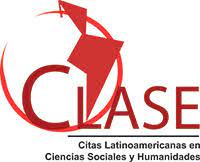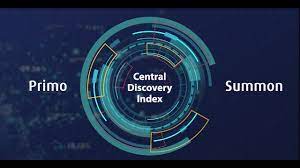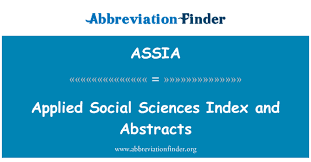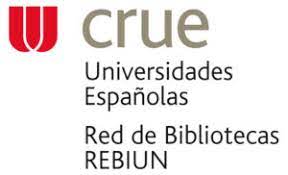Estrategias metodológicas para el diseño, planificación y evaluación de proyectos interdisciplinarios en la educación básica elemental
DOI:
https://doi.org/10.51736/ay49vx62Palabras clave:
proyectos interdisciplinarios, estrategias metodológicas, integración de áreas, aprendizaje colaborativo, metodologías activasResumen
El desarrollo de proyectos interdisciplinarios en la educación básica elemental constituye un factor decisivo en la formación integral de los estudiantes, en un mundo desafiante que plantea problemas complejos que no pueden ser abordados desde los saberes de una disciplina aislada, sino que requiere del ejercicio de prácticas interdisciplinarias. Es por ello que, se propone como objetivo plantear estrategias metodológicas enfocadas en el diseño, planificación y evaluación de proyectos interdisciplinarios en la educación básica elemental. La muestra consistió en 5 docentes y sus grupos de estudiantes de segundo año básico, de una escuela urbana de la ciudad de Milagro. Se emplearon métodos y técnicas de investigación que incluyeron entrevistas a docentes, encuestas a estudiantes, revisión de documentos escolares, currículos, guías metodológicas, así como la validación de la propuesta por un panel de expertos en proyectos interdisciplinarios, metodologías activas de enseñanza-aprendizaje y aprendizaje colaborativo. Los resultados revelaron la existencia de desafíos significativos en el diseño y ejecución de proyectos interdisciplinarios en la educación básica elemental, incluyendo la dificultad para lograr una auténtica integración. Las estrategias metodológicas incorporaron principios del constructivismo, metodologías activas, aprendizaje colaborativo y desarrollo de habilidades cognitivas. La evaluación de expertos resaltó la relevancia de la propuesta y la idoneidad de las orientaciones metodológicas. Este estudio arroja luz sobre la importancia de ofrecer orientaciones metodológicas a los docentes, para el diseño e implementación de proyectos interdisciplinarios en la educación básica elemental y ofrece una estrategia integral, para mejorar la implementación de proyectos interdisciplinarios en el subnivel de básica elemental.
Descargas
Publicado
Número
Sección
Licencia
Derechos de autor 2024 Sinergia Académica

Esta obra está bajo una licencia internacional Creative Commons Reconocimiento-NoComercial-CompartirIgual 3.0.
















